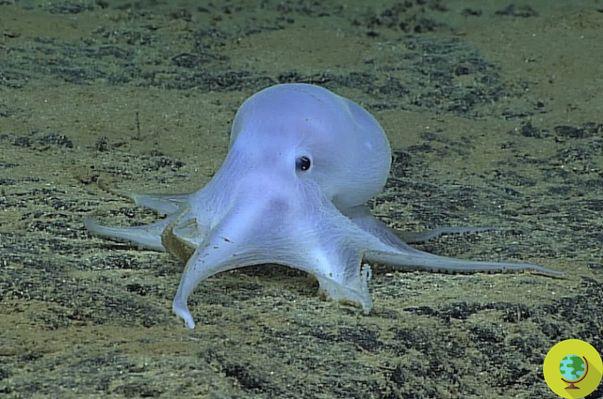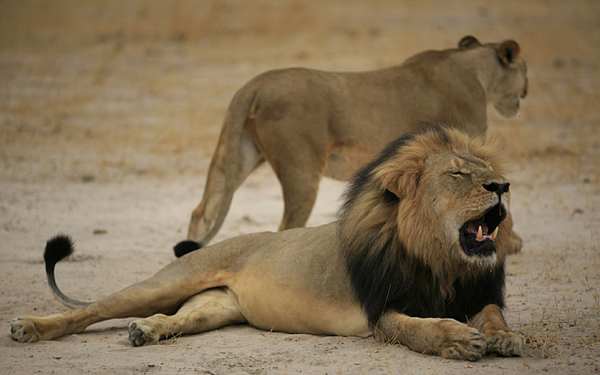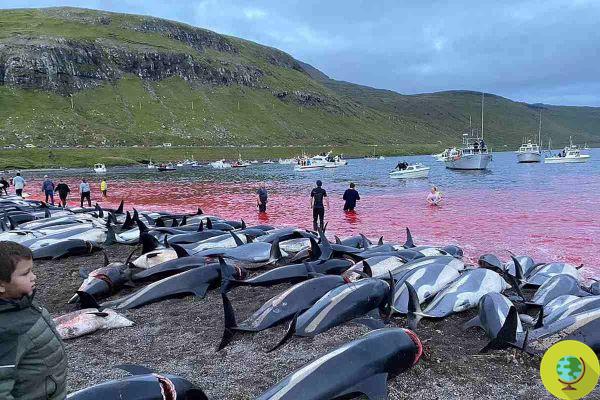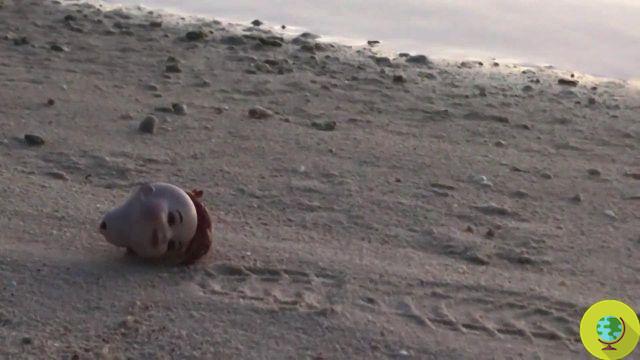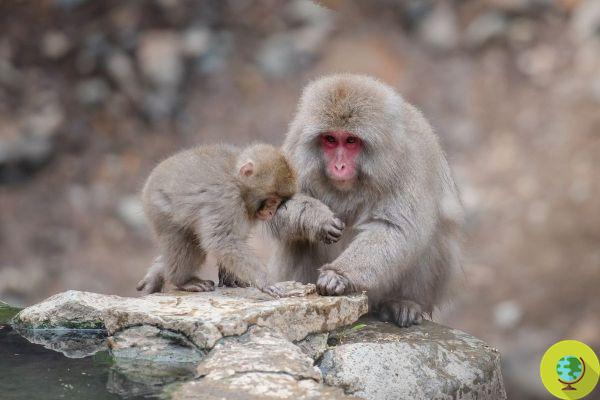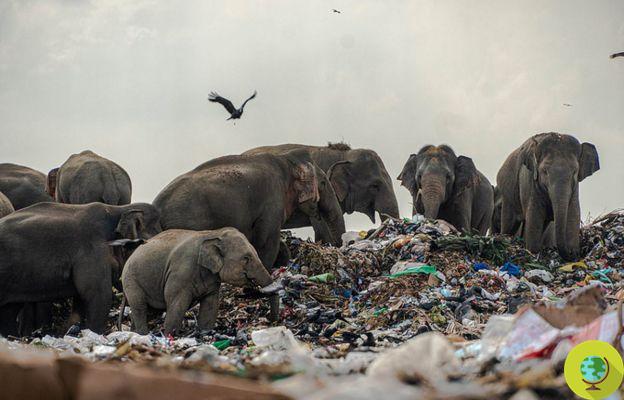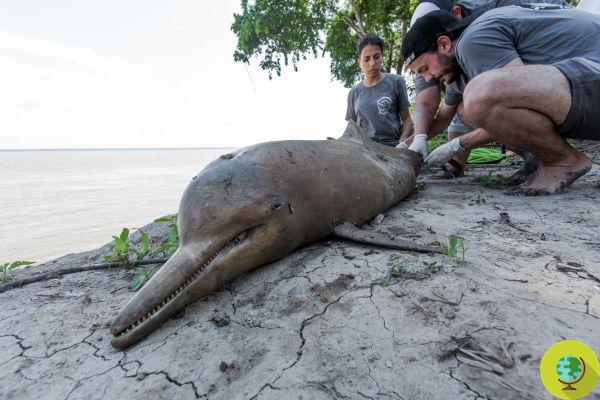
A shocking and inexplicable event that of the mass death of over 3.000 dolphins, mysteriously beached along a stretch of the coast of Peru, that of Lambayaque, since the beginning of the summer. the latest discovery of 481 cetaceans found lifeless further marks the disturbing trail of deaths behind which explorations conducted by oil companies on the seabed could hide.
He is about to end up run over, his mother saves him
A shocking and inexplicable event that of mass deaths of over 3.000 dolphins, mysteriously beached along a stretch of the coast of Peru, That of Lambayaque, from the beginning of summer. the latest find of 481 cetaceans found Lifeless further marks the eerie trail of deaths behind which the explorations conducted by oil companies on the seabed.
Who has seen it in person stranding was impressed, also because among the hundreds of dead dolphins there were also some just born, with the umbilical cord still attached. On the spot now, to investigate the possible causes, there is also Hardy Jones, co-founder of BlueVoice.org, arrived in the Latin American country last Tuesday after being alerted via email by Carlos Yaipen Llanos, director of the marine mammal rescue organization, ORCA Peru, which sadly continues to update the sad number of dead dolphins.
According to the Peru 21 newspaper, local fishermen were the first to notice the inexplicable increase in dead dolphins on the beach, at an impressive average of about 30 per day. For Yaipen there are no doubts: lThe fault lies with a controversial technique for detecting oil under the seabed it uses deep water sonar with high-frequency waves, which could disorient dolphins because they damage the bones of the mammalian auditory system.
"The oil companies - explains Yaip - use different frequencies of acoustic waves and the effects produced by these bubbles are not clearly visible, but subsequently generate effects in animals, which can cause death by acoustic impact not only in dolphins, but also in whales. and in other marine animals ". The seismic explorationsin short, they disturb the auditory system of marine animals, causing injuries, damage to the hearing and the orientation system, confusion, and internal bleeding.
It could therefore be no coincidence that this massacre, classified as "Unusual Mortality Event"(UME), according to the code of Marine Mammal Protection Act of 1972 (modified in 1994), is taking place in an area close to an oil exploration block called "Block Z34″, Where the “Gold Oil” of London, the Peruvian corporation “Petrotech” in which South Korea and Colombia also take part, extract natural gas. Now, even if nothing has been scientifically proven, I only suspect that behind the largest death in the world there may be one of these wonderful cetaceans hand of oil companies, it seems to us a further valid reason to say enough toblack gold.







